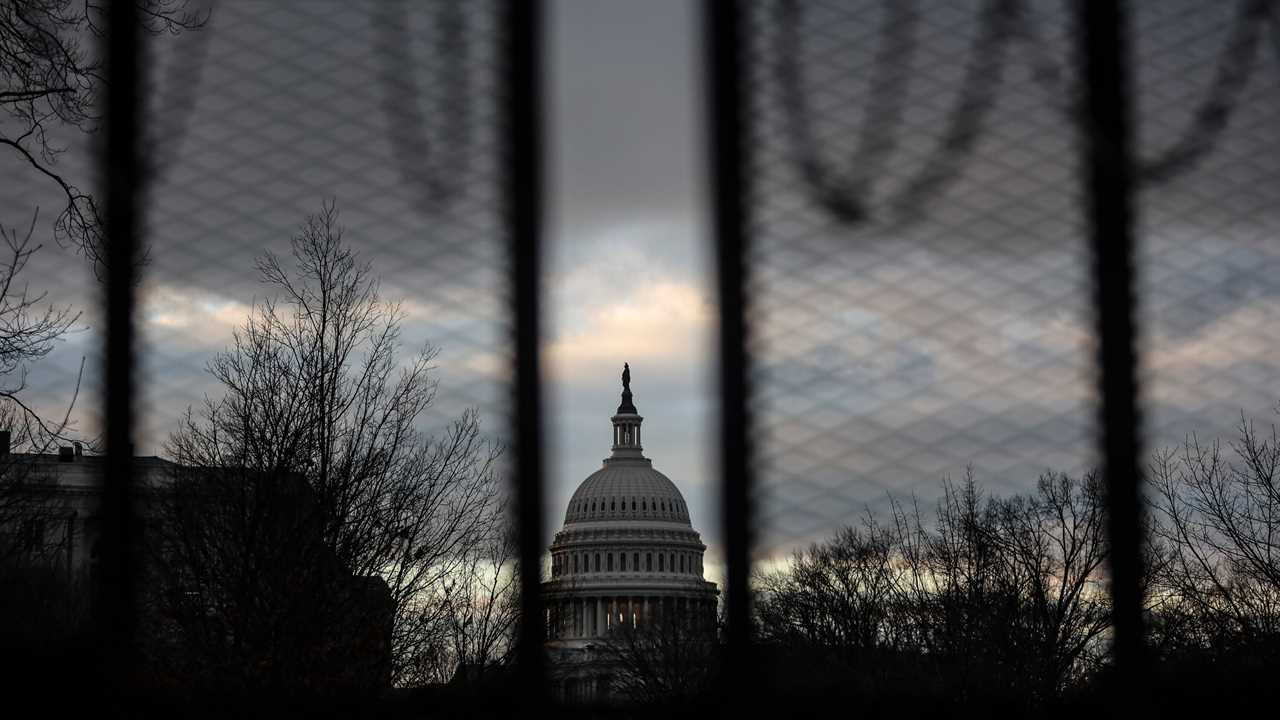
WASHINGTON — The acting chief of the Capitol Police called on Thursday for “vast improvements” to security on the Capitol grounds, including permanent fencing and “the availability of ready, backup forces,” setting off a debate over how far to go in hardening the iconic location against continuing threats.
Soon after the statement by the acting chief, Yogananda D. Pittman, Mayor Muriel E. Bowser of Washington issued a statement resisting permanent fencing and extended reliance on a military presence in the wake of the storming of the Capitol on Jan. 6.
Lawmakers in the past have generally resisted turning the Capitol into a heavily secured fortress, wanting it to remain as open as possible to the public. The House and the Senate and other federal agencies have moved to conduct their own studies of the security lapses on Jan. 6 and are likely to have further recommendations.
But the conflicting visions set out by Chief Pittman and Ms. Bowser underscored the tension between making the Capitol as safe as possible and continuing to provide access to a towering symbol of democracy.
Their clash played out on a day when the Capitol Police reported two new arrests around the Capitol grounds, one of a man who allegedly tried to bypass a security checkpoint and another of an armed man with ammunition. The Department of Homeland Security also warned on Wednesday that the United States faced a growing threat from “violent domestic extremists” who might have been emboldened by the Jan. 6 assault.
Still, lawmakers of both parties quickly signaled reluctance to have the Capitol ringed in by a fence.
Representative Jennifer Wexton, Democrat of Virginia, said it would wall off “the symbol of our democracy.”
“A fence didn’t fail us,” she said in a tweet. “Law enforcement leaders did.”
Ms. Bowser said on Twitter that while some upcoming “potentially volatile events” would require extra security, she would not accept fencing and additional troops “as a long-term fixture” in Washington.
“When the time is right, the fencing around the White House and U.S. Capitol, just like the plywood we’ve seen on our businesses for too long, will be taken down,” she said.
Chief Pittman, who took over the department on Jan. 8 after her predecessor resigned, had directed her staff to assess the Capitol complex security upon assuming the post. She noted that experts had argued for greater security measures for the Capitol even before the Sept. 11 attacks. Additionally, a security assessment in 2006 recommended a permanent fence.
“In light of recent events, I can unequivocally say that vast improvements to the physical security infrastructure must be made to include permanent fencing, and the availability of ready, backup forces in close proximity to the Capitol,” she said in a statement.
The District of Columbia is under the jurisdiction of a constellation of law enforcement agencies: the Metropolitan Police Department, the Capitol Police and the U.S. Secret Service, among others. Poor planning and communication among various law enforcement agencies — federal, state and local — contributed to the failures on display.
In the aftermath, the reviews of the failures have been just as disjointed. Speaker Nancy Pelosi ordered retired Lt. Gen. Russel Honoré to lead a review of security at the Capitol Complex. The Capitol Police inspector general also has an additional review, Chief Pittman said, and the acting chief of the Metropolitan Police has offered to Congress an assessment of the Capitol riot from his department and the District of Columbia’s government.
Even while the fence remains on Capitol grounds, new threats have emerged. On Thursday, officers stopped a man trying to gain access at a security checkpoint near the Capitol, according to the Capitol Police.
The officers told the man, later identified by the Metropolitan Police Department as Donald Barr, 51, of Macomb Township, Mich., that he could not enter, but he tried to bypass them. He then “actively resisted arrest,” the Capitol Police said in a statement. He has been charged with felony destruction of property and two counts of assaulting a police officer, among other charges.
A day earlier, the Capitol Police arrested a 71-year-old man, later identified by the Metropolitan Police Department as Dennis Westover of South Charleston, W.V., for possession of unregistered ammunition, carrying a pistol without a license and unlawful possession of a firearm.
An officer approached him after he exited his car and began walking, asking if he had a gun inside the vehicle, according to a Capitol Police statement on Thursday. Mr. Westover responded that he had a pistol in the center console of his car.






